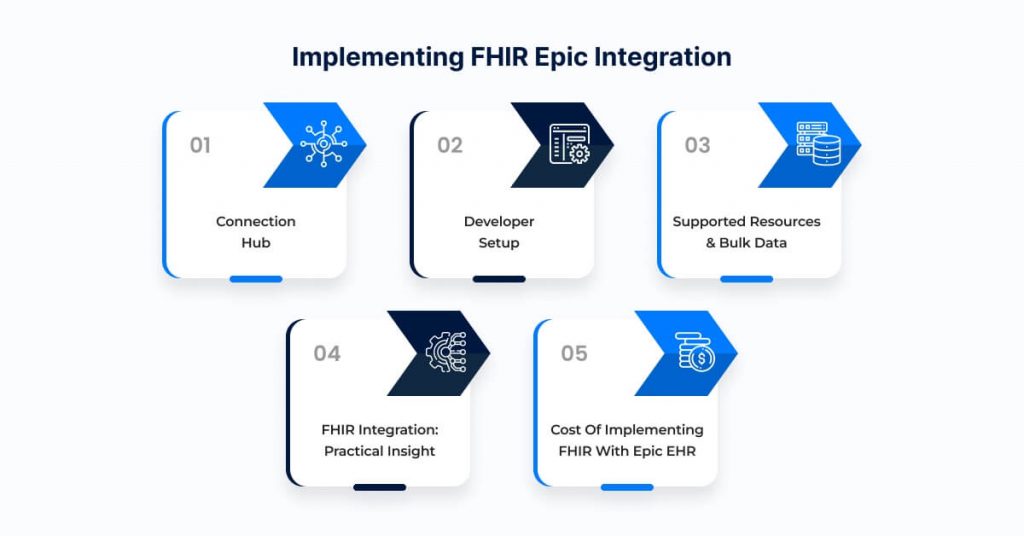Sign up for Being Human, our newsletter that explores wellness culture, human behavior, mortality and disease, and other mysteries of the body and the mind.
To eat 10,000 calories a day, you might try putting away a family-size box of Oreos, a box of packaged cakes, a pint of Ben & Jerry’s, takeout from Five Guys and McDonald’s, and many, many Reese’s cups—all between your regular three meals.
Dru Borden subsisted on this diet throughout his 20s and 30s. As a competitive bodybuilder—fans know him as Big Dru—he needed the calories. Since the mid–20th century, one of the core tenets of bodybuilding has stipulated that gaining muscle requires putting on weight, regardless of how. In Big Dru’s case, it worked: In early-career photos, he appears to have been cobbled together from boulders.
Body-composition researchers have established that a surplus of calories, plus resistance training, is required to gain muscle. The basic idea is that repetitive exercise causes muscles to break down, so the body needs energy and additional nutrients to build them back bigger and stronger. But spending months “dirty” bulking, as the ice-cream-and-burgers method is sometimes called, can also generate huge amounts of fat. Bodybuilders traditionally starved that fat off in the subsequent cutting phase, a period of caloric restriction that can last just as long as the bulk.
But these days, Big Dru and his fellow muscle-maxxing enthusiasts are embracing a new approach: moderation. At a time when celebrities, wellness influencers, and the nation’s top health officials are proclaiming the evils of processed foods, many bodybuilders—professionals like Big Dru, but also young, shirtless amateurs documenting their gains online—are leaving the old way of bulking behind.
On gym-bro social media, the hashtag #leanbulk is ubiquitous. (So is #cleanbulk, used interchangeably.) The term broadly refers to working out while consuming only slightly more calories than the body needs to maintain itself, and getting those calories from healthy sources. A typical lean-bulking TikTok features a young man showing off a comically ripped six-pack and C-cup pecs while meticulously documenting the food that fueled them: cottage cheese and eggs, sweet potatoes and tuna, berries and almonds, but never Twinkies.
[Read: Brace yourself for watery mayo and spiky ice cream]
“The paradigm has definitely shifted,” Guillermo Escalante, a kinesiology professor at California State University at San Bernardino and a competitive bodybuilder, told me. The concept of clean bulking emerged in the past decade or so, but it took off only recently, he said. The trend partly reflects the bodybuilding community catching up to the science. A 2020 review found that, for all but the most elite athletes, the body needs roughly 10 percent more calories to gain muscle than it does to maintain itself—certainly not anywhere near 10,000 calories. Beyond that point, research suggests, any extra calories are stored as fat. That not only obscures your gains but can hinder their growth: Working off fat sacrifices some lean muscle, Escalante said. Muscle growth can also be inhibited by the downstream effects of excess fat, such as insulin resistance and the release of inflammatory molecules, Brad Schoenfeld, an exercise-science professor at Lehman College, told me.
Lean bulking tends to produce big muscles more slowly, but it’s more sustainable over time. The effect of too much salty, fatty, and sugary food is the same for bodybuilders as it is for the less ripped: It disrupts the microbiome and immune system and increases blood sugar, triglycerides, and LDL cholesterol. “That’s really going to wreak havoc on your cardiovascular system long-term,” Escalante said. Around 2021, Big Dru switched to clean bulking because his previous diet gave him digestive issues, headaches, hormonal imbalances, and heartburn. (Now in his early 40s, he still looks like he’s been hewn from a monolith.)
But the rise of lean bulking seems to be primarily a product of broader shifts in American culture, not health data. For competitive bodybuilders, all that matters is how you appear on the day of an event. These days, people want to look like a bodybuilder 365 days a year, Escalante said. That makes dirty bulking—and its attendant buildup of fat—a less attractive option. In recent years, America has more aggressively embraced a chiseled aesthetic and made heroes of the supremely jacked. They fill social-media feeds: punching each other in Ultimate Fighting Championship matches, hosting popular podcasts, hanging on Taylor Swift’s arm, leading the Department of Health and Human Services. More than 90 percent of boys see online messages about body image, and 75 percent see videos specifically about muscles, according to a new report from the nonprofit Common Sense Media. Meanwhile, Robert F. Kennedy Jr.’s “Make America Healthy Again” movement has stoked Americans’ hunger for “natural,” “clean,” and minimally processed foods—all compatible with a clean bulk, but not a dirty one.
[Read: The body-positivity movement is over]
Clean bulking may be a healthier option than slamming fast food, but that doesn’t mean it’s good for you. If social media is any indication, lean bulking still commonly involves extreme dieting, which can lead to nutrition deficiencies, hormonal changes, eating disorders, and loss of muscle and bone density. “For any kind of adolescent, growing human body, I don’t like it,” Nicole Lund, a nutritionist at NYU Langone Health’s Sports Performance Center, told me. Among the athletes she treats, Lund has seen calorie deficits precede fractures and disturbances in mood, hormones, and growth. Eating disorders, which Escalante said are already a major concern in the bodybuilding community, seem to be rising faster among men and boys than women and girls. A study published this year found that muscle dysmorphia, a pathological obsession with obtaining a jacked physique that is sometimes called “bigorexia,” is more common among young men than previously thought. In a 2021 study of more than 4,000 American teenage boys, 11 percent had used muscle-building supplements, including anabolic steroids, to bulk up.
The collision of wellness culture with the age-old pursuit of a Greek-god bod makes it tempting to believe that swoleness is akin to health. Sometimes that’s true. But for all that lean bulkers profess online that their physical changes serve their health, many of them are primarily motivated by aesthetics. Bill Campbell, an exercise-science professor and the director of the Performance & Physique Enhancement Laboratory at the University of South Florida, told me that most of the questions he gets about clean bulking come from young men, and they’re asking “for cosmetic, physique reasons,” such as wanting to fill out a tight shirt. The world of amateur bulkers seems to be mirroring that of competitive bodybuilders: In the end, the muscles are for show.






